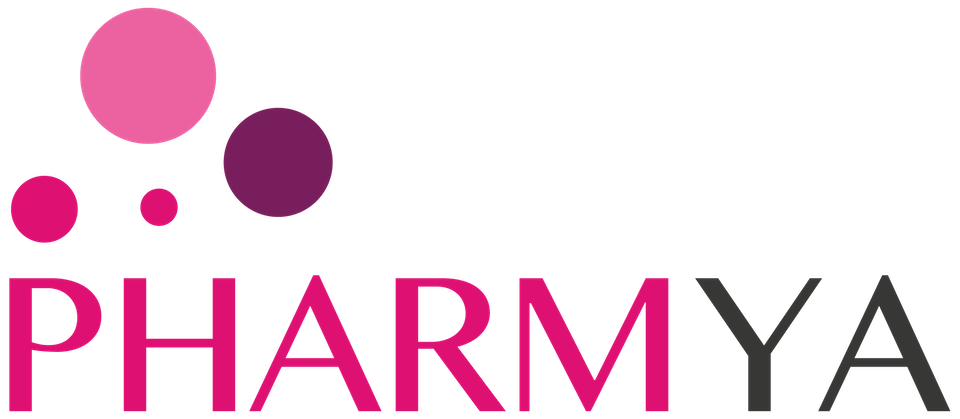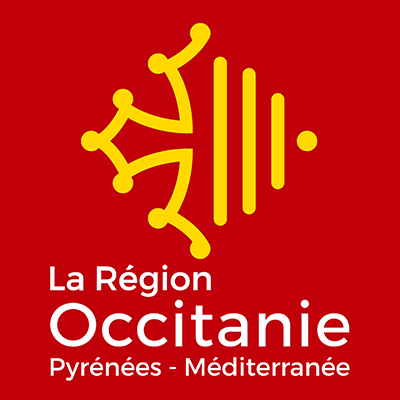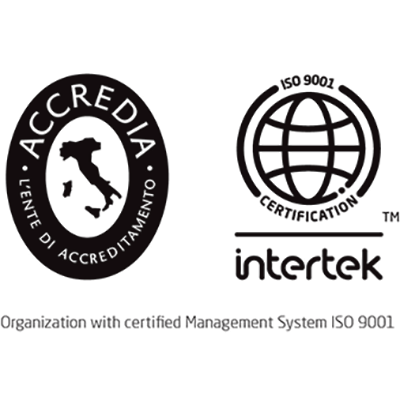📌 Introduction
Pharmacovigilance is a key medical and scientific discipline essential to public health. Its goal is to detect, assess, understand, and prevent adverse effects of medicines—whether newly developed or already on the market. In an era of constant pharmaceutical innovation and rising patient expectations, ensuring the safety of medical treatments has become a major priority. This article explores the basics of pharmacovigilance and explains why it is vital for patient protection.
🔍 1. What is Pharmacovigilance?
Pharmacovigilance is defined as “the science and activities relating to the detection, assessment, understanding, and prevention of adverse effects or any other drug-related problems” (according to the WHO). Its main objective is to ensure the safe and effective use of health products.
📚 2. Origins and Evolution of Pharmacovigilance
Modern pharmacovigilance began in the 1960s with the thalidomide scandal. This drug, prescribed to pregnant women for morning sickness, caused severe birth defects. This public health tragedy highlighted the need to monitor medicines even after they are marketed.
Since then, pharmacovigilance systems have strengthened globally. The European Union, for example, implemented EudraVigilance, a central database to collect and analyze suspected adverse drug reactions.
⚠️ 3. The Different Types of Adverse Effects
An adverse effect is a harmful and unintended reaction to a drug. These can be categorized in several ways:
• 🛑 Severity: mild, moderate, severe.
• 📊 Frequency: common, uncommon, rare
• ⚗️ Type: allergic reactions, organ toxicity, drug interactions, etc.
👥 4. The Stakeholders in Pharmacovigilance
Several actors are involved:
• 🏛️ Health authorities (ANSM, EMA, FDA)
• 🧪 Pharmaceutical companies (through their PV units)
• 🩺 Healthcare professionals
• 🗣️ Patients and patient associations
• 🏥 Regional pharmacovigilance centers
🔄 5. How Does Pharmacovigilance Work?
The process begins with collecting data on adverse effects from various sources:
• 📥 Spontaneous reports
• 🧬 Clinical trials
• 📚 Scientific literature
• 🗂️ National and international databases
This data is then analyzed to identify potential safety signals. If a plausible link is found, risk management measures can be implemented:
• ✏️ Changes to the product leaflet
• ❌ Product withdrawal from the market
• ⚠️ Restrictions on use
📝 6. The Importance of Spontaneous Reporting
Pharmacovigilance heavily relies on the active participation of healthcare professionals and patients. Spontaneous reporting plays a crucial role in detecting unexpected problems.
💡 Unfortunately, under-reporting remains a major challenge: it is estimated that only 10% of serious adverse events are actually reported.
🛠️ 7. Tools and Systems for Managing Pharmacovigilance
Technological tools play an increasingly important role:
• 🗃️ Pharmacovigilance databases (VigiBase, EudraVigilance)
• 🤖 Artificial intelligence for automated signal detection
• 💻 Management software (Argus, ArisG, PV Works, etc.)
📜 8. Regulations and Legal Framework
Pharmacovigilance is governed by strict laws. In the EU, Regulation (EU) No 1235/2010 and Directive 2010/84/EU have strengthened the system.
Pharmaceutical companies are required to:
• 🧑⚕️ Set up a pharmacovigilance system
• 👤 Appoint a QPPV (Qualified Person Responsible for Pharmacovigilance)
• 📈 Submit periodic safety update reports (PSURs)
❤️ 9. The Direct Impact on Patients
Pharmacovigilance has a concrete impact on patients’ lives. It allows for:
• ✅ Reduced treatment-related risks
• 📝 Better information through updated leaflets
• 🤝 Increased trust in the healthcare system
🚧 10. Current and Future Challenges
Key challenges include:
• 🧠 Collecting and analyzing large volumes of data
• 🌐 Integrating Real-World Data (RWD)
• 📲 Engaging patients through digital tools
• 🧬 Adapting to new types of therapies (gene therapy, biotherapies)
🎯 Conclusion
Pharmacovigilance is one of the pillars of drug safety. It operates continuously throughout the entire life cycle of a drug to ensure its proper use and to protect patients. In a complex and constantly evolving regulatory environment, it remains a living, adaptive science—essential to building trust in modern medicine.
Interested in learning more about our services?
We’ll get back to you promptly



